Trekking in Nepal: Travel Safety Tips from a Local Guide
Safety should be every traveler’s top priority. When it comes to trekking in the mighty Himalayas, there are some rules set by the mountains. We asked local guide Bibek for his top safety tips to help you stay prepared.
Shares
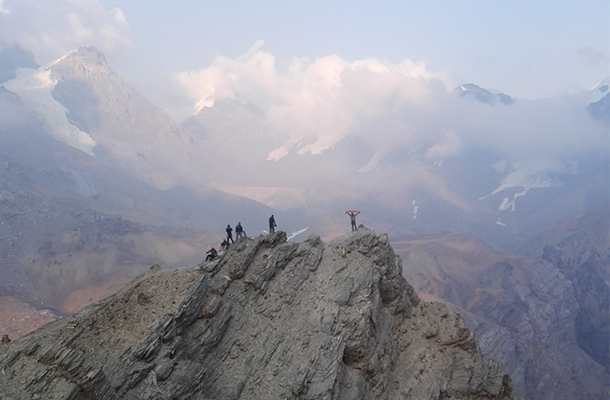 Photo © Bibek Neupane
Photo © Bibek Neupane
If you’re planning for a trek to Nepal, you’ve come to the right place!
The first step to prepare for a trek is to identify what the challenges you’re up for before you leave. Most of the trekking accidents in Nepal are due to bad weather and altitude sickness.
- Weather
- Avalanches
- Altitude Sickness
- Types of Trekking
- Trekker’s Group Size
- What to Pack?
- Interacting with Locals
Weather in Nepal
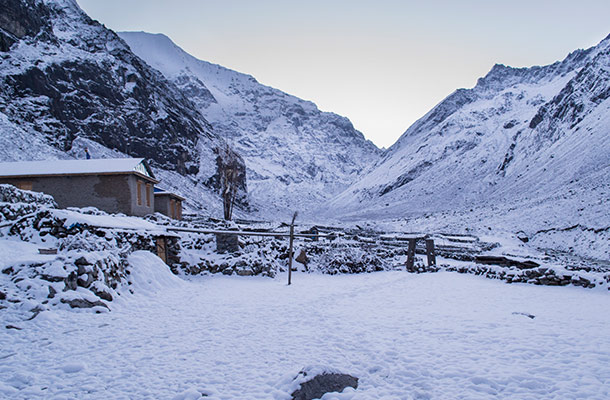
Nepal generally has very predictable weather, especially if you choose to go at the right time of year.
In some areas, sudden snowfall can occur throughout the year, so make sure you check the weather conditions ahead of time.
Here are a few tips to make sure you don’t get caught in a bad weather system:
- Avoid off-season for trekking during the monsoon months of May, June, July, and August.
- Avoid getting caught in bad weather by frequently checking weather forecasts.
- Always look out for heavy clouds or dense fog.
Avalanches in Nepal

Avalanches can occur at any time or season throughout the year, especially at higher altitudes.
It’s important to remember there is a higher risk of an avalanche after heavy snowfall.
The deadly October 2014 avalanche in the Thorung-La of the Annapurna circuit killed more than 40 people.
To avoid being part of the statistics, don’t go trekking when the weather forecast predicts heavy snowfall, or following an earthquake.
If you’re trekking through landslide areas, be extra mindful of the uneven ground and watch for falling rocks.
Altitude sickness

Altitude sickness, also known as acute mountain sickness (AMS), is a real danger if you’re trekking in Nepal.
This occurs when your body isn’t getting sufficient amounts of oxygen from the air that you breathe to allow normal bodily functions.
Don’t rush, always acclimatize adequately, walk very slowly when you are climbing uphill, stay hydrated, and cut back on sugar.
Find out how high is “high” and how you should acclimatise from our travel safety expert here.
Types of trekking
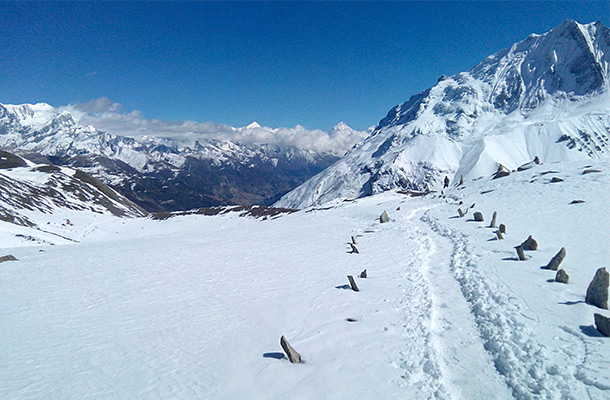
The popular trekking routes of Nepal have all the necessary amenities and are relatively safer than going off the beaten path.
If this is one of your first treks, we recommend sticking with these routes on a guided trek.
If you want to choose off-beaten trails, always take an experienced guide and research thoroughly.
Pro tip: trails, where snowfall is common, are marked with rocks and flags like the photo above. If snowfall erases the route, just follow the rocks!
Trekking group size
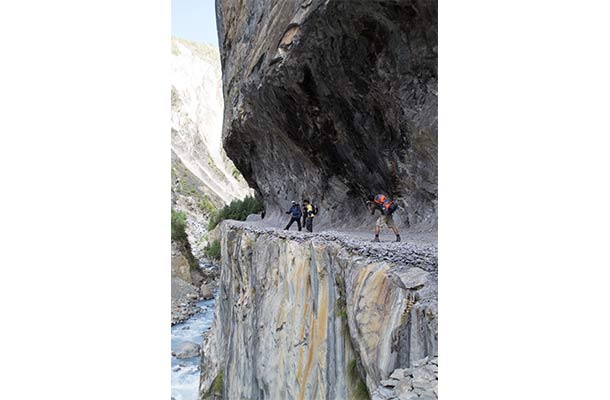
It’s always wise to trek with a partner. Single travelers should stick to the most popular trekking routes like Ghandruk-Ghorepani, Poon Hill, ABC and Annapurna Circuit trek.
As an experienced guide, I suggest the best group size is between 4-7 people.
What to Pack?
When you’re trekking through Nepal, always be sure to pack these items:
- Trekking poles
- Good quality trekking shoes
- Good quality trekking bag
- UV protection, including sunglasses and sunscreen
- Water purification tablets
- Ear muffs or ear-covering caps
- Oral rehydration solution
- Pain balm
- Insect repellent
- Instant heating pad (If you’re trekking to very cold, snow-covered areas)
Interacting with Locals
Most locals in Nepali villages are very hospitable and friendly. Some people may come across overly excited, but this is because they are anxious to please you as their guest.
You can trust most hotel owners, shopkeepers, and travel agents. However, you should be alert if you are approached by a random that wants to join your trek.
Never disclose the valuable goods you are carrying with anyone.
Related articles
Simple and flexible travel insurance
You can buy at home or while traveling, and claim online from anywhere in the world. With 150+ adventure activities covered and 24/7 emergency assistance.
Get a quote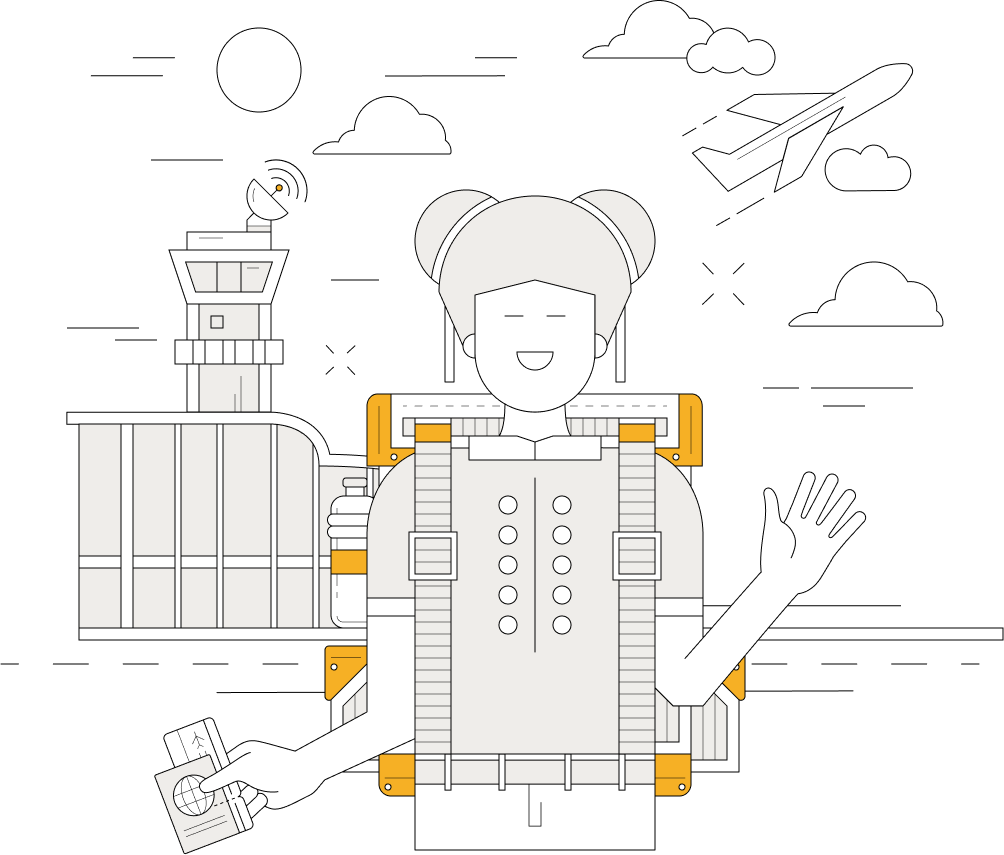
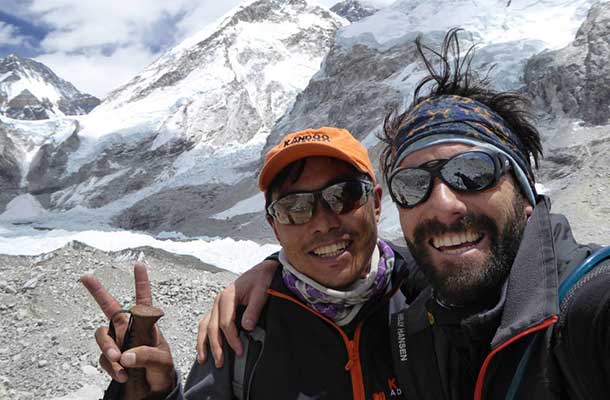
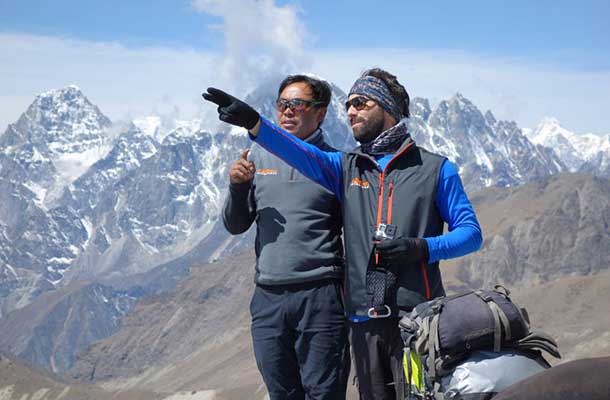
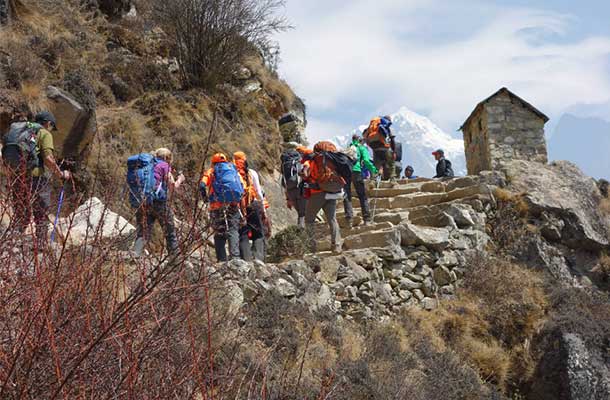
1 Comment
Looking for information on the Manasalu trek and the Kachanjunga circuit. Hoping to go to Nepal early October. We are in our sixties, fit for our age and will be traveling with hopefully two of our (fit!) children. We ski in the alps and have never had a problem with altitude.
Thanks in advance!
Kirstin